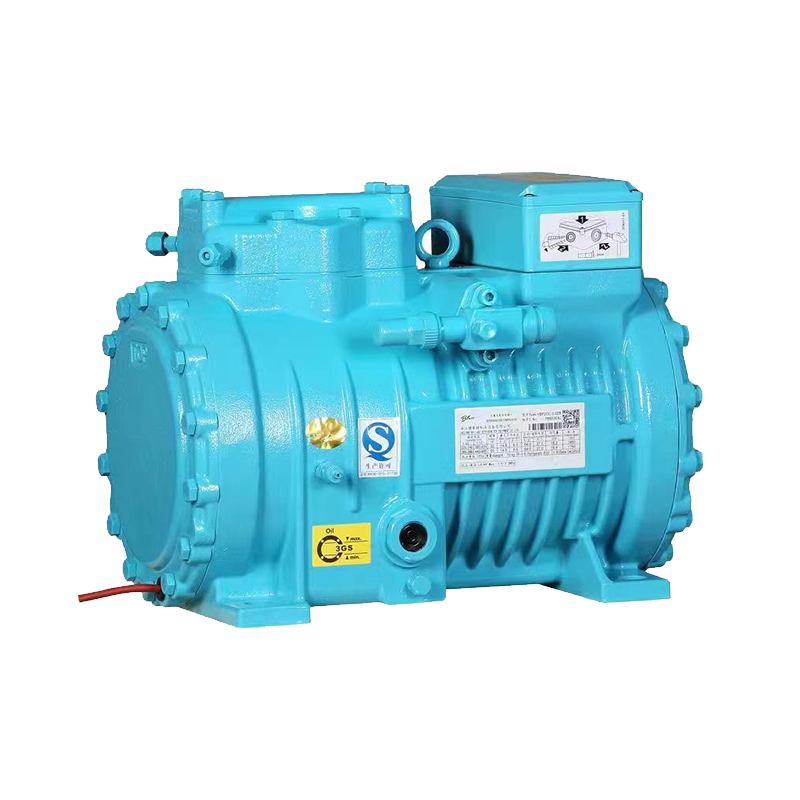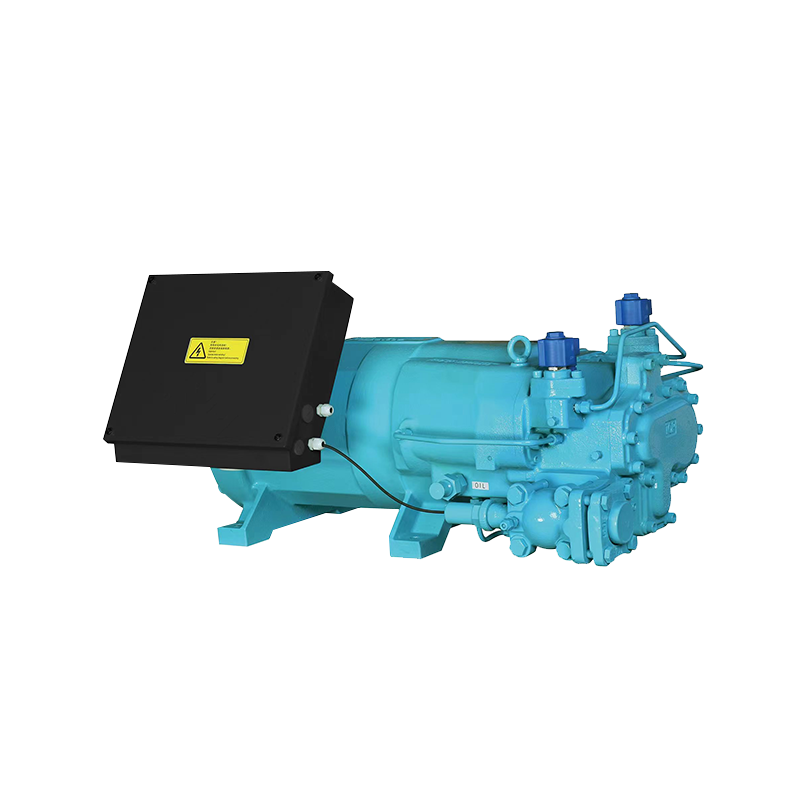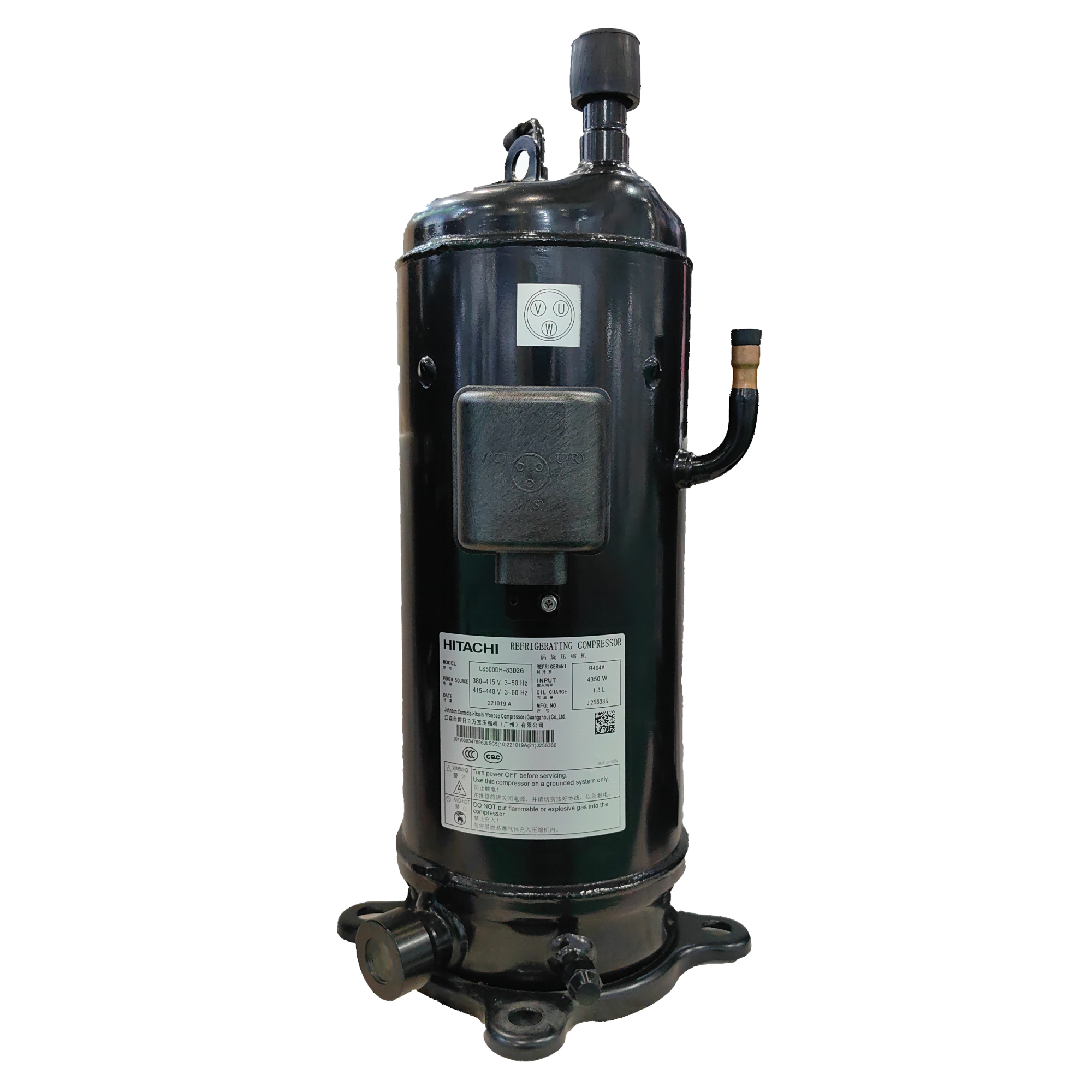In refrigeration and air conditioning systems, the compressor and condenser are two critical components that work together but each performs distinct functions. Many people confuse these two core components, but understanding their differences is crucial for equipment maintenance and troubleshooting.
Content
Compressor: The "Heart" and "Pressure Pump" of the Refrigerant
The compressor plays the role of the "heart" of the refrigeration cycle. Its primary function is to draw in low-temperature, low-pressure gaseous refrigerant and then use mechanical energy to perform work on it, dramatically increasing its pressure and temperature.
Core Function: Raising the refrigerant's pressure and temperature to prepare for subsequent heat release in the condenser.
Working Principle: Mechanical motion (such as a piston, scroll, or screw) compresses the refrigerant gas.
Output: High-temperature, high-pressure gaseous refrigerant.
The performance of the compressor directly determines the efficiency and capacity of the refrigeration system. It is one of the most expensive and energy-intensive components in the entire system.
Condenser: A Heat Release "Exchange Station"
Unlike the compressor, which raises the temperature and pressure, the condenser's function is to dissipate heat carried by the refrigerant into the surrounding environment. It is the key location where the refrigerant transforms from a gas into a liquid.
Core Function: Dissipating heat, condensing the high-temperature, high-pressure gaseous refrigerant into a liquid.
How it works: The high-temperature, high-pressure gaseous refrigerant flows through the coils within the condenser. Heat exchange with the surrounding environment (usually air or water) cools it, causing a phase change and releasing latent heat.
Output: High-pressure, room-temperature or lukewarm liquid refrigerant.
The condenser's heat dissipation efficiency directly affects cooling performance. If dust accumulates on the condenser surface or heat dissipation is poor (for example, due to clogged fins), system pressure will increase, resulting in reduced cooling capacity and even damage to the compressor. Therefore, regular condenser cleaning is crucial to maintaining efficient system operation.
Core Difference Summary: Function and Phase Change
| Component Name | Core Function | Refrigerant state change (inlet → outlet) | Energy change | Keyword Related |
| Compressor | Increases refrigerant pressure and temperature | Low-temperature, low-pressure gas → High-temperature, high-pressure gas | Input mechanical energy (electricity consumption) | Compression, boosting, high temperature |
| Condenser | Releases heat, liquefying the refrigerant | High-temperature, high-pressure gas → High-pressure liquid | Release heat (heat dissipation) | Condensation, heat dissipation, heat exchange |
The compressor is an energy inputter and converter, responsible for pressurizing and heating the refrigerant. The condenser, on the other hand, is a heat exporter and releaser, responsible for removing the heat absorbed and generated by the refrigerant during the compression process from the system, completing the condensation process.

 English
English Español
Español عربى
عربى русский
русский











